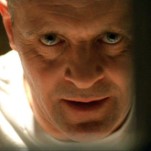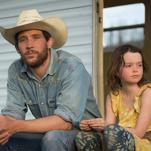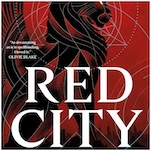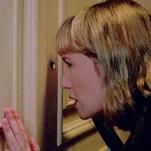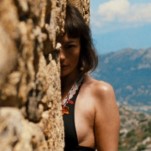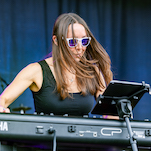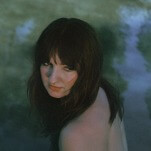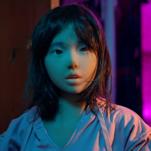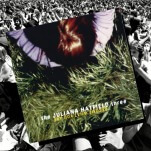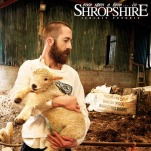The Story of The Weeping Camel
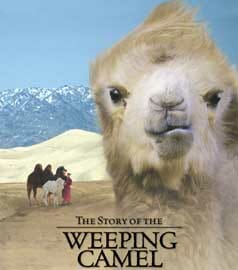
The Story of the Weeping Camel is the tale of a multi-generational family that lives in the deserts of Mongolia with a large herd of goats and camels. It’s springtime, and the camels are giving birth. One mother has a particularly difficult time, and when the colt is finally born she rejects her offspring. At first, the family does all it can to bring mother and child back together, but she’s obstinate and refuses to let the colt nurse. So they turn to an old ritual involving a violin and singing.
-

-

-

-

-

-

-

-

-

-

-

-

-

-

-

-

-

-

-

-

-

-

-

-

-

-

-

-

-

-

-

-

-

-

-

-

-

-

-

-









